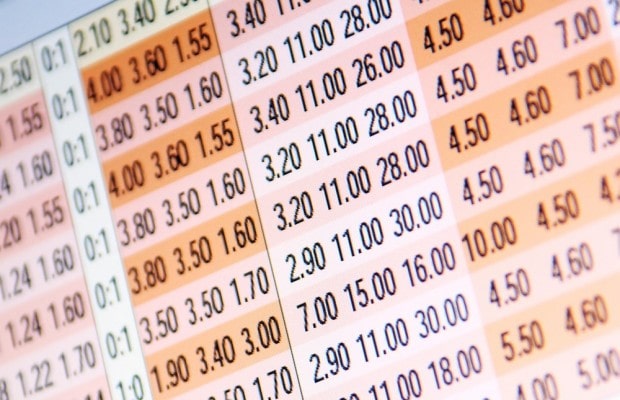Buying through funds is how most investors who do not have the time or inclination to sift through individual share information grow their portfolios.
The choice is an active fund or passive trackers, but some fake active funds charge high fees even though they are really trackers.
Active funds charge a fee to pay for managers and their teams to do all the work for investors.
Passive funds or trackers are set to outperform an index, such as the FTSE100 or FTSE All Share, and typically have much cheaper charges.
Professional investors, like guru Warren Buffett argue that active funds are not worth the money and staking cash with a tracker offer better value.
Identifying a disguised tracker
Active managers with good trading records base their value on outstripping market returns.
But the question is how do ordinary investors choose a good fund manager when past performance is no guarantee of future returns?
Some passive funds masquerade as active.
These closet trackers stay close to an index but charge the same fees as an active manager.
Some try hard not to reveal they are closet trackers to try and maintain their income from charges without doing the work.
The first step in identifying a closet tracker is comparing long term performance with an index. If the returns are not far off those of the index, it’s probably a disguised tracker.
Next, look at performance against active funds in the same sector and compare the returns again. If they are lower and near the benchmark index, then that’s another hint they are closet trackers.
Building a portfolio
If you have no comparisons, then ditch the suspected closet tracker and opt for a cheaper out and out tracker in the same sector.
The aim is to cut the costs an investor pays to a fund manager. These charges can erode a fund value over time and are not worth paying if the performance fails to justify the extra outlay.
Some investment managers suggest building a portfolio that benefits from the best of both worlds.
The core of the portfolio should be passive trackers, while holding a few active funds to supercharge performance.
Besides trackers, passive funds can also include exchange traded funds which operate in much the same way as a tracker but cover a wider range of shares, securities or commodities.
Many platforms offer a selection of ready-made portfolios that do the job.
